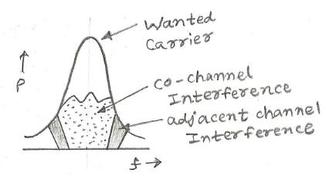ACPR vs. ACLR: Understanding Adjacent Channel Power Ratio
Advertisement
This article explains the difference between ACPR and ACLR. While the names might sound different, they essentially refer to the same concept.
ACPR stands for Adjacent Channel Power Ratio, and ACLR stands for Adjacent Channel Leakage Ratio.
Essentially, both terms are used interchangeably to describe the same thing.

Figure 1: ACPR Measurement Curve
Figure 1 illustrates the ACPR measurement curve as displayed on a spectrum analyzer. As you can see, it represents the ratio of the power in the adjacent channels (both the lower and upper sidebands) to the power in the reference channel.
The equation for ACPR is:
ACPR (dBc) = 10 * Log10 (P adj / P ref)
A higher ACPR value indicates a better system. For example, a system with an ACPR of 50 dBc is considered superior to one with an ACPR of 30 dBc, as it leaks less power into adjacent channels.
ACLR - Adjacent Channel Leakage Ratio
As previously stated, ACLR carries the same meaning as ACPR. They are different names for the same measurement.
Advertisement
 RF
RF


